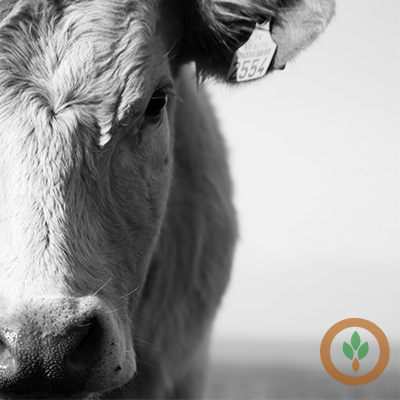Market News
Cattle futures higher ahead of the week’s direct business

At the Chicago Mercantile Exchange, live and feeder cattle ended the day higher waiting for direct business to develop. Feeders had additional support from the day’s lower move in corn. December live cattle closed $.45 higher at $110.62 and February live cattle closed $.30 higher at $113.17. January feeder cattle closed $.60 higher at $141.65 and March feeder cattle closed $.67 higher at $140.65.
Direct cash cattle trade was relatively quiet on Tuesday. There were a handful of deals reported in parts of the North at $110 live and $172 dressed, but that’s not near enough business to establish a trend. Asking prices will likely be restated around $112 to $113 live. Significant trade volume will likely be delayed until the latter half of the week.
At the Tri-State Livestock Auction in Nebraska, compared to last week steers were $4 to $5 higher and heifers were $3 to $8 higher. The USDA says demand was good with active bidding both in the crowd and online. Receipts were up on the week and feeder supply included 63 percent steers and 45 percent of the offering was over 600 pounds. Medium and Large 1 feeder steers 554 to 585 pounds brought $156.25 to $164 and feeder steers 897 pounds brought $149.50. Medium and Large 1 feeder heifers 465 to 482 pounds brought $154.50 to $160 and feeder heifers 558 to 585 pounds brought $141 to $146.50.
Boxed beef closed mixed with light to moderate demand for moderate offerings. Choice is $.28 lower at $243.40 and Select is $.65 higher at $223.08. The Choice/Select spread is $20.32. Estimated cattle slaughter is 122,000 head – even on the week and the year.
Lean hog futures closed mixed on spread adjustment with spillover support from cattle futures. December lean hogs closed $.60 lower at $66.97 and February lean hogs closed $.17 higher at $68.75.
Cash hogs closed steady to weak with a large negotiated run. The availability of market-ready barrows and gilts is more than ample, and at the same time processors continue to push daily slaughter totals higher. While that helps to keep the supply chain moving and helps prevent a further backlog of hogs in the production system, it also adds more pork to an already saturated market. And while the industry is optimistic demand for US pork will remain strong in both the global and domestic markets, there is some uncertainty that lingers. That can make it difficult for prices to push higher. Barrows and gilts at the National Daily Direct were unchanged with a base range of $48 to $58.50 and a weighted average of $56.67; the Iowa/Minnesota closed $.28 lower with a weighted average of $57.03; the Western Corn Belt closed $.06 higher with a weighted average of $56.72; the Eastern Corn Belt closed $.10 lower with a weighted average of $56.59.
Butcher hog prices at the Midwest cash markets are steady at $36. At Illinois, slaughter sow prices were steady with moderate demand for heavy offerings at $28 to $41. Barrow and gilts prices were $1 lower with moderate demand for moderate offerings at $35 to $41. Boars ranged from $15 to $19 and $5 to $8.
Pork values closed lower – down $3.01 at $77.08. Hams were sharply lower. Butts, bellies, and loins were also lower. Ribs were weak. Picnics closed higher. Estimated hog slaughter is 493,000 head – down 4,000 on the week and down 3,000 on the year.

Add Comment